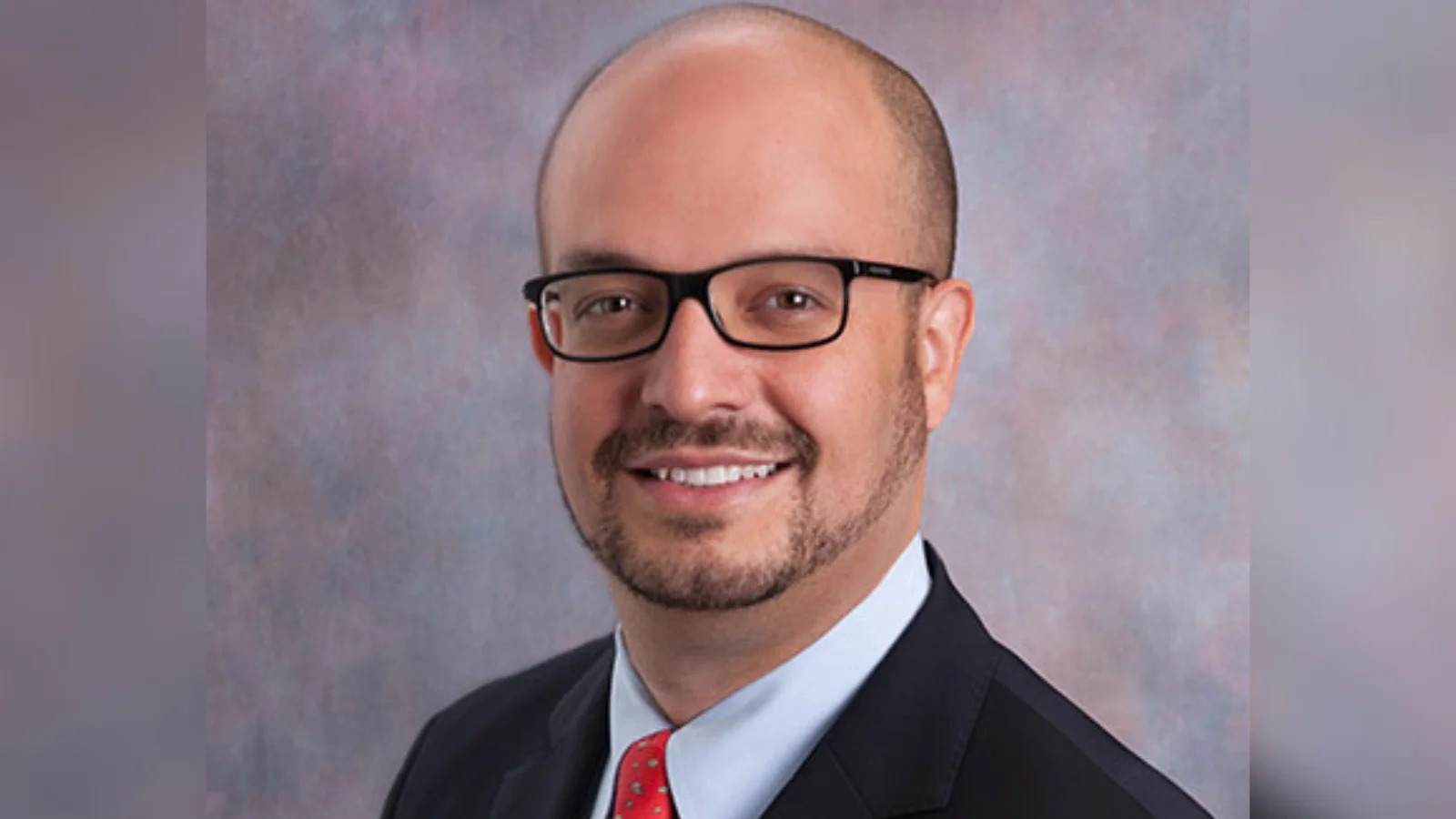
“Allergy testing and treatment is an area that has improved, evolved, and gotten easier not just for the clinician, but also for the patient,” Dr. Schalch Lepe told Patient Daily. “Skin testing used to be this very extensive test that needed to be done throughout the skin in order to see what the patient would be sort of hyper-reactive to. And now all the techniques for testing actually involve this very small trace that looks at the most common allergens or allergy stimuli and try to sort of narrow down the potential main causes for a given patient's allergies, and then we can direct treatment and focus on it more specifically. So allergy testing has become minimally invasive and simple, and can be completed very quickly in one single visit.”
According to WebMD, fall allergies are different from the seasonal allergies that come with summer and spring, but can cause just as many symptoms. The biggest allergen for fall is typically ragweed, which starts to release pollen in August and can go through October. Roughly 75% of people allergic to spring plants also have reactions to ragweed, and ragweed pollen can travel hundreds of miles. Mold and dust mites are other common fall allergy triggers.
For those who struggle with fall allergies, it is recommended to remain indoors late morning or midday when pollen is at its peak. It is also recommended that people clean their heating vents before turning on the heat for the first time as the weather starts to cool, as bits of mold and pollen can get stuck in heating vents over the summer. People can also use a dehumidifier and wear a mask when raking leaves.
The 50 million Americans who suffer from seasonal allergies might experience sneezing, coughing, congestion, itchy eyes, a runny nose, and fatigue, according to Yale Medicine. People who need to undergo testing for allergies typically have two options. For a skin test, the doctor will place a small amount of the allergen on the patient's skin, typically on the forearm or back. If the patient is allergic to that particular allergen, a small, itchy bump will appear. The other option is a blood test, during which the patient's blood is drawn and tested for allergens in a lab. Although this testing method takes longer, it allows doctors to test for more allergens than during a skin test.
According to SoCal Breathe Free's website, Dr. Paul Schalch Lepe is an otolaryngologist and ENT doctor based in San Diego. His specialties include sinus, allergy, and sleep treatments. Dr. Schalch Lepe completed his residency in otolaryngology at UC Irvine Medical Center, affiliated with UC Irvine School of Medicine. He earned his medical degree from the School of Medicine at the Universidad Nacional Autonoma de Mexico in Mexico City.